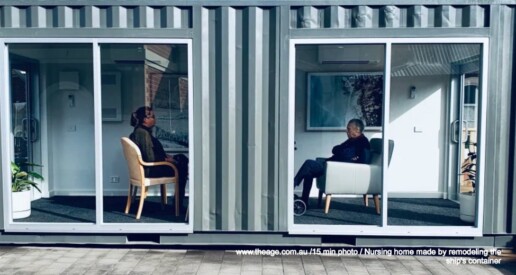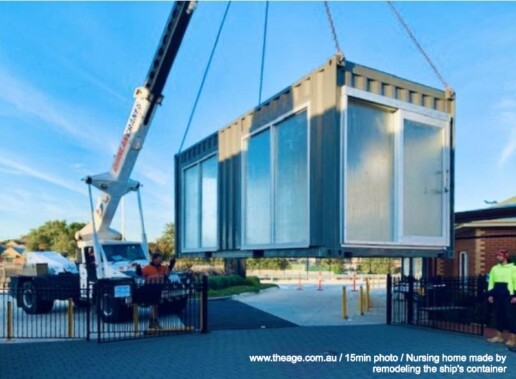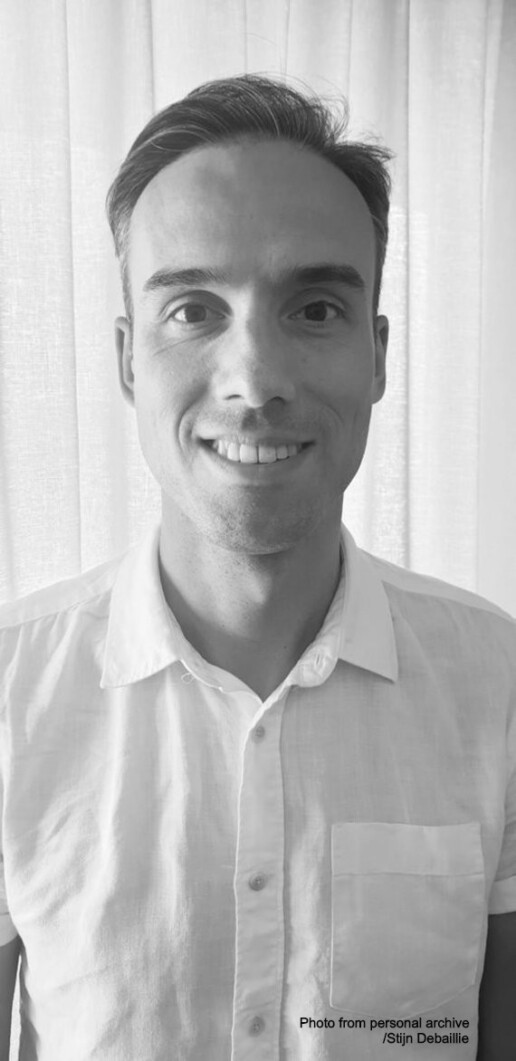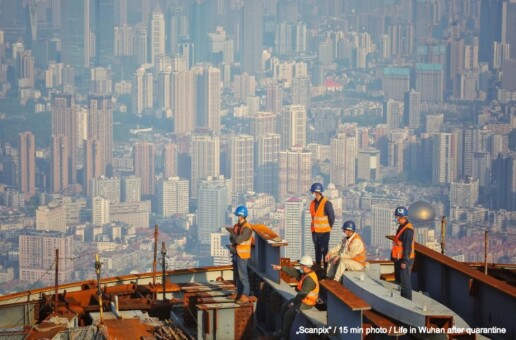“Integrated design and its solutions create and shape our understanding of how a city and life in a city should look like. Form and content affect everything: economics, politics, culture. And the experience of quarantine, related with endless limitations, has provoked the need for urgent and creative solutions that not only make navigation in cities more convenient, facilitate the daily life of the new reality but also give us the opportunity to feel better,” said the participants of the last week’s discussion on design and its power to change the world.
The UNESCO Creative Cities of Design Network, which includes 40 cities around the world, has initiated an open virtual discussion “The power of design in response to the global crisis and rebooting the world”.
In a discussion broadcasted from “Kaunas – European Capital of Culture 2022” office, the cities have shared relevant issues and inspiring COVID-19 provoked emergency design practices and experiences that inspire people around the world.
A 15-minute interview with the Coordinator of the UNESCO Creative Cities of Design Network Stijn Debaillie (Belgium), Tze Lee (STUCK Design; Singapore), and the Chief Executive Officer of the Multicultural Aged Care Centre Joy Leggo (Australia).
The subject of the debate was “The power of design in response to the global crisis and rebooting the world”. So, what is the power of design and how can design help to achieve changes under critical situations? What is the role of design in restoring, as if “rebooting” the world again?
Debaillie: The virtual debate “The Power of Design” brought together the cities of network to share information about the current challenges in health, social and environmental fields, which were caused by the coronavirus pandemic.
Every city and its situation are different, but we all believe that design can help to create a more appropriate, sustainable, safer environment for everyone.
The virtual debate was mostly focused on innovative solutions, which helped the communities to adapt, stay safe, and stay connected during the pandemic. This proves the power of design in shaping our lives.
The coronavirus crisis has led to fast and drastic lifestyle changes around the world. People were forced to keep social distance while communicating, we even do not go to work or use public transport as before, factories, offices, and other workplaces had to close, airline
planes have stopped flying, health systems are under great tension. Design also has an important role in assessing the effects of these changes on the environment, our lifestyles and workstyles, and helps to use this information to make it easier for us to find ways to move forward.
Designers are able to think unconventionally and to find new creative solutions without forgetting the end user. It is truly powerful.
When looking at the examples, sometimes one does not even think about the importance of the role of architects, designers, and other creators. For example, we all know that the hospital of Wuhan was built in record-breaking short time: 8 days. To what extent the design was important in this project and how was it important?
Debaillie: It was important to find a fast solution to stop the spread of the virus and to cure the infected. The design specialists considered every corner, the entry and exit points and the possibilities for people to move around the building. As well as other spaces and equipment in order to prevent the infection and the spread of the virus within the hospital, the ability to move large groups of people as safely and efficiently as possible.
Functional design and a clear and detailed process design are also crucial to enable a large-scale project such as this to be completed in record time, ensuring proper task distribution, goal setting, and proper implementation.
One of the examples in the discussion was the protective face shields.
Lee: During the pandemic, as requirements become stricter and the local medical situation changes, the design team, openly and directly collaborating with the medical and basic service personnel, can more easily adapt the design of the enclosure to best meet functional requirements.
This means that when responding to situations where existing solutions are insufficient or not suitable, we can create a new typology of protective equipment, thus reducing the workload of healthcare system staff in finding temporary solutions and adapting to additional safety processes in order to focus efforts on the provision of treatment services to the community.
Apparently, the example of Australia was one of the most touching ones. Multicultural care home for the foreign elderly, by redesigning a ship container. This made it easier for seniors to safely meet their relatives. Could you tell us more about this project, starting from the idea to its implementation?
Leggo: At the Multicultural Aged Care Centre we wanted to give the older residents more, not just communication through FaceTime or Zoom apps, not just attention through the received letters or parcels. After a few weeks of work with the personnel and people, who helped the older residents to contact and communicate with their loved ones, we urgently
took actions and created the Live Visitor Pod, so that the relatives of our residents could visit their beloved people and safely see them in real life. This attitude of human connection was extremely important to us, and so the idea was born.
How long did it take? How did you manage to implement the idea and what were the biggest challenges?
Leggo: Six weeks passed from the start to the implementation of the idea. It is a wonderful example of how such a large institution considered many factors and quickly adapted to the current situation. In only three weeks the managers agreed with the idea, it was also welcomed by the staff and implemented by Geelong’s builder company “Mark West”.
This company provided the container, equipped it, and turned into a glass-protected Live Visitor Pod, with installed speakers, upholstered furniture, a carpet, decorative elements, an air conditioning system, and other things.
Then it was necessary to prepare suitable health and safety guidelines with the latest COVID-19 restrictions, set by national and regional governments for the care home for the elderly. We followed a strict order: the workers were measuring the temperature of every visitor who came to the meeting place, were recording the data about the flu vaccination, and so on. The workers were actively taking actions by following constantly changing latest recommendations.
One of the biggest tasks is how to maintain residents’ social distancing with relatives because it is an extremely important thing. Money was not the most important factor, because when the managers of the institution agreed with the idea, the project was immediately taken to implement rather than continuing to talk about it for months. The Live Visitor Pod meets all the established requirements as it can be relocated and easily adapted for other uses after the pandemic.
In general, why did you undertake this idea? Why did you focus on the elderly when looking for ways to leverage design solutions?
Leggo: Older people, especially those who live in the care home for the elderly, are the most vulnerable group of people in society. Older people have a much higher risk of getting a severe COVID-19 case than younger people. If COVID-19 would enter a care home for the elderly, the disease would spread rapidly. It was an innovative solution to a real problem in quickly finding ways to adapt safely during the pandemic. This idea is already being used by other care centres for the elderly. They are asking us for advice on how to set up a live meeting space.
How would you rate the debate and how important was it to the designers?
Debaillie: This is the first time such a debate was held in the Cities of Design Network. This virtual discussion attracted more than 1,700 people from around the world. The members of the network together discussed design solutions and their impact, and this shows that people in different parts of the world can collaborate and share information to solve global challenges.
As this virtual debate has been very well received, the Cities of Design Network is planning to hold more debates to discuss creative ideas and solutions that are beneficial to all communities.
What surprised me the most in this event was that I learned about innovative design projects created in different parts of the world.
Cities of Design Network has set up working groups of business, education, policy, and communication professionals as they could share ideas on how different countries are tackling problems and creating solutions together. Due to the pandemic, international travel is temporarily unavailable, but the Cities of Design Network have found new ways to bring people of the world closer together.
***
More information about the Live Visitor Pod and more statements of the Chief Executive Officer can be found here.
Organisers of the virtual discussion: UNESCO Creative Cities of Design Network and “Kaunas 2022”






